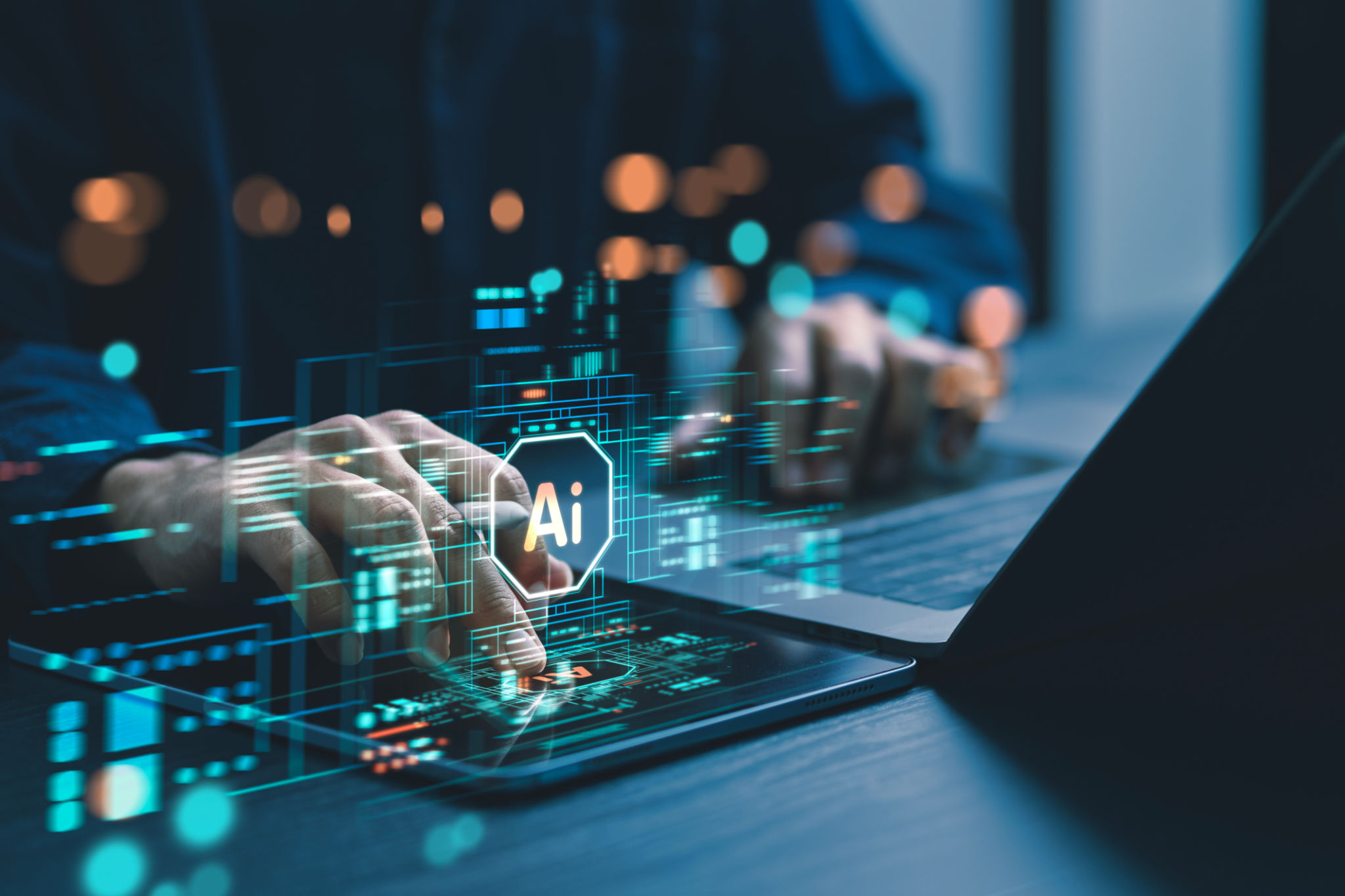Breaking Down Common Myths About AI Apps
Understanding AI Apps
Artificial Intelligence (AI) apps have become an integral part of modern technology. However, despite their growing popularity, numerous myths and misunderstandings surround these applications. In this blog post, we will debunk some of the most common myths about AI apps and provide a clearer understanding of their capabilities and limitations.

Myth 1: AI Apps Can Think Like Humans
A common misconception is that AI apps possess the ability to think and make decisions just like humans. In reality, AI is fundamentally different from human intelligence. AI apps are designed to process data and execute specific tasks based on algorithms and programming. They lack consciousness, emotions, and the nuanced understanding that humans naturally possess.
While AI can simulate certain human-like behaviors, it operates within the constraints of its programming. This means that AI can perform tasks like data analysis or language processing efficiently, but it cannot independently think or feel.
Myth 2: AI Apps Will Replace Human Jobs
Another widespread myth is that AI apps are poised to replace human jobs entirely. While AI can automate repetitive tasks and improve efficiency, it is more accurate to say that AI will transform jobs rather than eliminate them. Many industries are already using AI to enhance human capabilities and streamline operations.

For instance, in healthcare, AI can assist doctors in diagnosing diseases more accurately, while in finance, it can help analysts predict market trends. These applications highlight how AI can work alongside humans, allowing them to focus on more complex and creative tasks.
Myth 3: AI Apps Are Infallible
Some people believe that because AI apps are based on algorithms, they are infallible. However, this is far from the truth. AI systems are only as good as the data they are trained on. If an AI app is fed biased or incomplete data, it will produce biased or inaccurate results.
Moreover, AI apps require continuous updates and improvements to ensure accuracy and relevance. Developers must regularly refine algorithms to address errors and adapt to new information. Therefore, while AI can significantly improve efficiency and accuracy, it is not immune to errors.

Myth 4: All AI Apps Are Self-Learning
Many people assume that all AI apps have self-learning capabilities. However, not all AI is designed to learn autonomously. Machine learning is a subset of AI where systems are trained to learn from data without explicit programming. In contrast, many AI applications are rule-based and follow pre-defined instructions without learning from new data.
Understanding the distinction between machine learning and other forms of AI is crucial for recognizing the capabilities of different AI applications. While some apps can adapt and improve over time, others are limited to their initial programming.
Conclusion
Debunking these myths helps clarify the true nature of AI apps and their role in our lives. By understanding what AI can and cannot do, we can better appreciate its potential benefits while acknowledging its limitations. As technology continues to evolve, staying informed about AI's capabilities will be essential for utilizing its full potential responsibly.